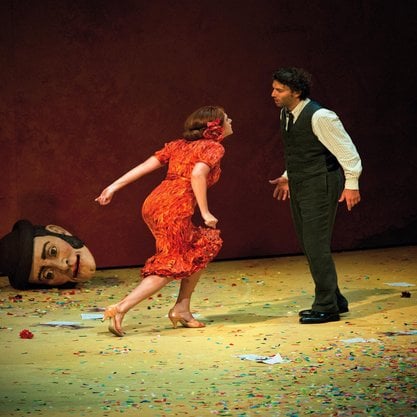Article
Grotesco Criollo By Loayza, Milton
Article
The grotesco criollo was a genre belonging to the commercialized theater of Buenos Aires in the 1920s and 1930s. The influence of the Italian grottesco of Luigi Pirandello is evident in the way characters are conceived as living with a false image of themselves. In the grotesco criollo the false image or mask is revealed when a character fails in his or her attempt to fit in with reality. Armando Discépolo is considered the creator of the genre. Other authors of grotescos include Francisco Defillipis Novoa and Juan Carlos Ghiano. The new genre was a conscious reworking of the sainete criollo, popular in the Rio de la Plata region at the beginning of the twentieth century. The sainetes were comic and melodramatic representations featuring the urban immigrants who crowded the patios of tenement buildings. The grotesco genre transferred the dramatic action to the interior of the Italian immigrant’s household. It typically mixed the comic and the tragic in a familial conflict involving failed expectations of success in modern life. Discépolo’s plays Mateo (1923) and Stéfano (1928) are most representative of the genre, which has influenced Argentine theater through the years, from avant-garde author Roberto Arlt to more recent playwrights such as Roberto Cossa and Griselda Gambaro.
